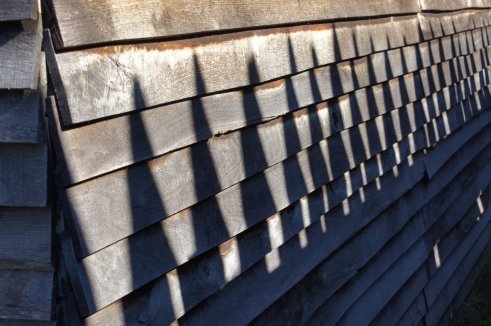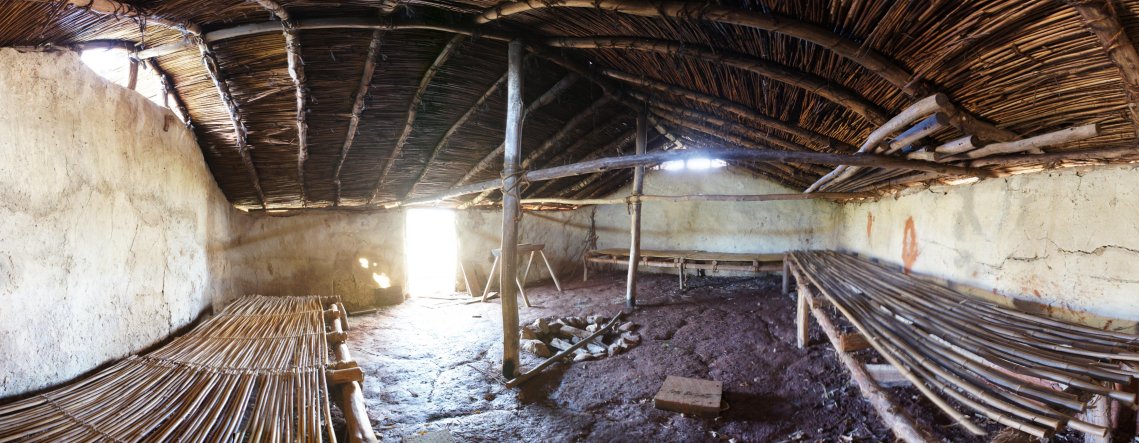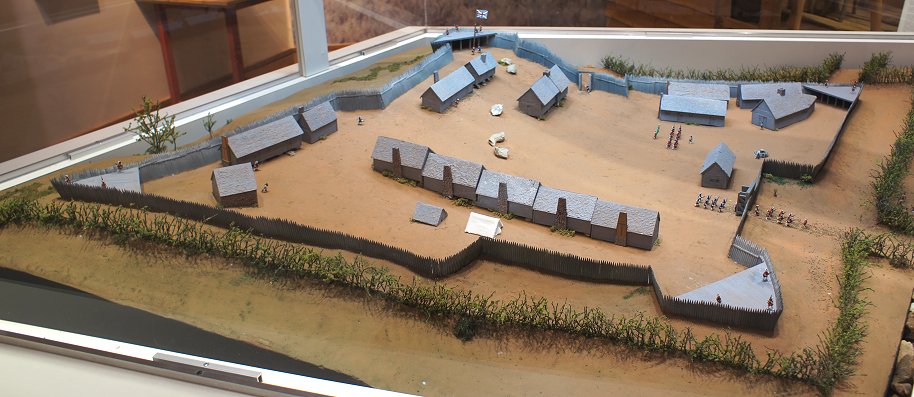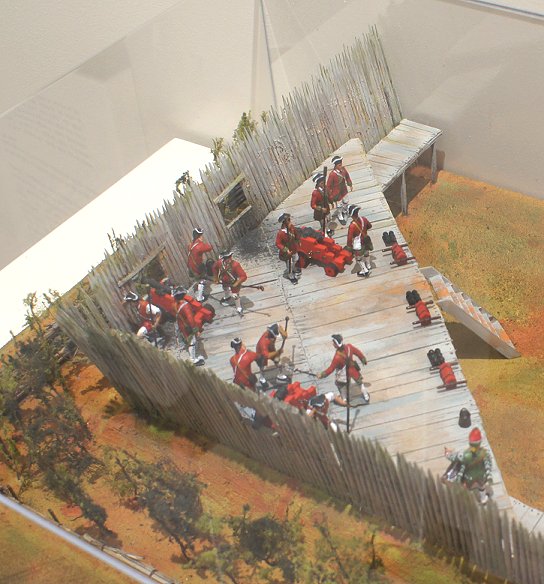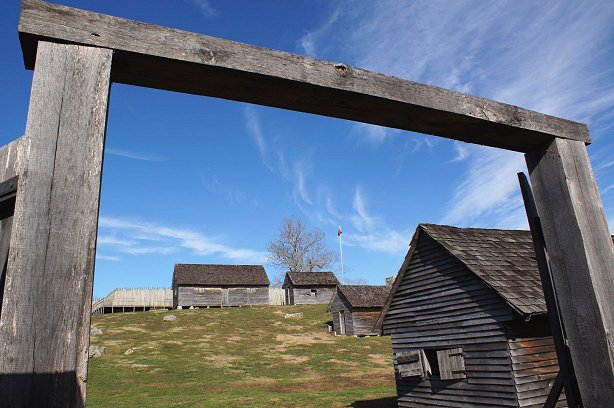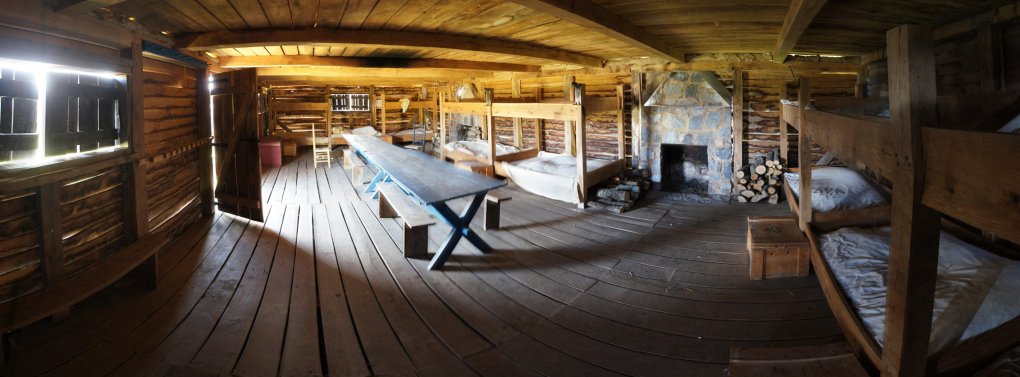Meanwhile, plans to relieve the fort had been made. The same day as the two soldiers were killed at Fort Loudoun, a relief column clashed with the Cherokee on the way to Fort Prince George. After failed negotiations, the column continued into Cherokee country in late June, burning villages and destroying crops, but knowing that the relief of Fort Loudoun was impractical, they returned to Charleston. In May 1760, a relief column started from Virginia, but this column also failed.
With food running out, men began deserting Fort Loudoun on August 4th and 5th, and the remaining men threatened to desert. On August 6th, the officers met and agreed to ask for surrender terms. Two days later, the surrendered men began the march toward Charleston. The first day they made 15 miles to Cane Creek. That night, their Cherokee escort disappeared, and the next morning, Cherokee warriors were seen surrounding the soldiers. A fight ensued, and after about 20 soldiers were killed, including Captain Demere, the remaining soldiers were imprisoned and taken to Cherokee villages. Some were killed and others were ransomed. The reason for the Cherokee attack is not known, but it could have been that the soldiers did not fulfill the agreement to turn over the fort's supply of gunpowder, or it could have been retaliation for the previous killing of Cherokee hostages.
An Anglo reprisal was in order, and in 1761, another expedition left Charleston, and another expedition left Virginia, but the war petered out in November.
An archaeological study of the site of the fort was made before an artificial lake was completed. The knowledge gained led to the reconstruction of the fort on earth fill overlooking the lake. It is a wonderful site to visit.
